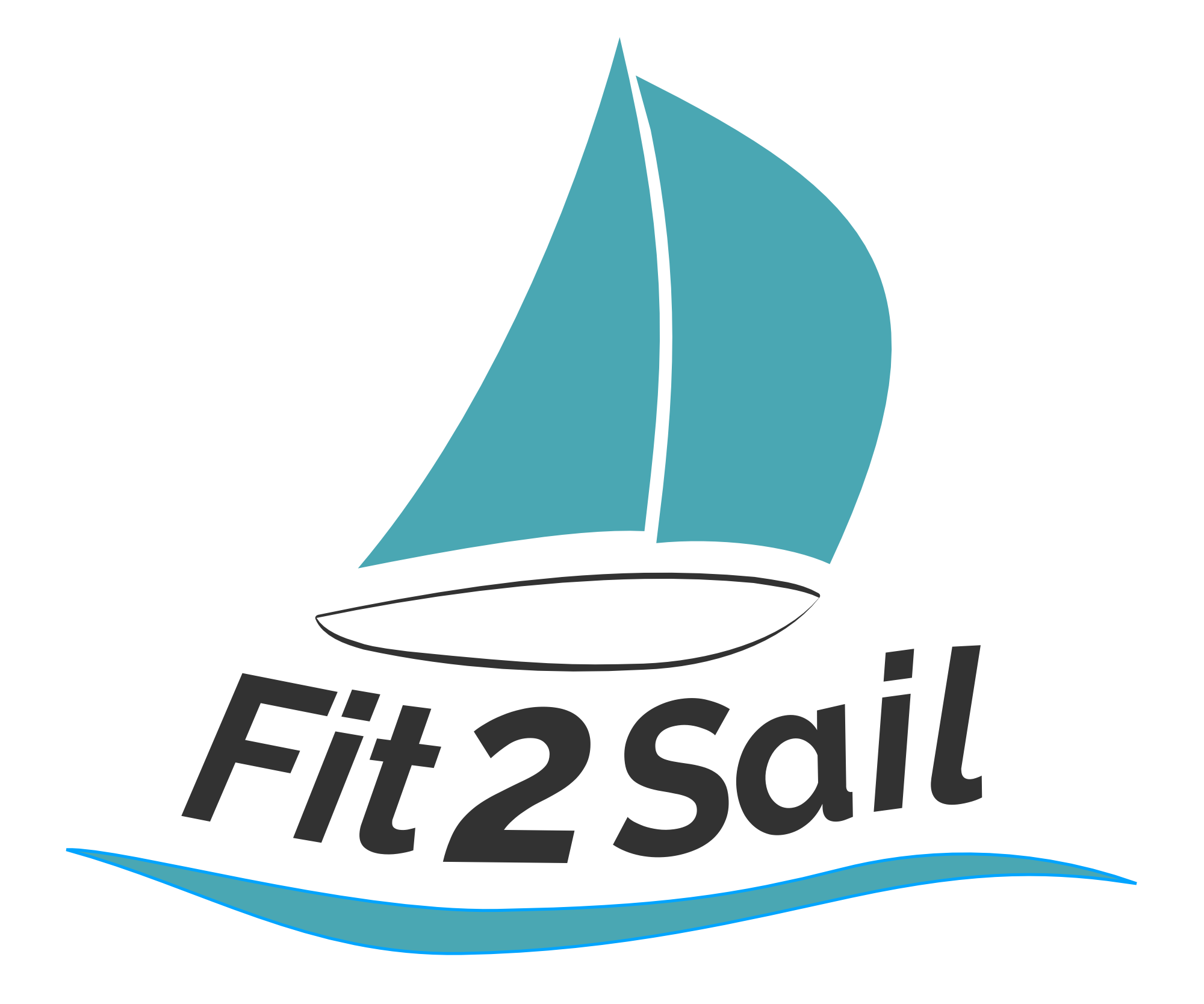Document? State Title? What Paperwork do I Need?
There’s a fair amount of confusion out there (for American boaters) about the difference between documentation, state titling, and registration. What can you do, what do you NEED to do, what CAN’T you do, and what money needs to be paid to whom? Here’s a quick primer - because yes, you need some kind of paperwork on that boat you love so much (well, unless it’s a kayak or a small rowboat. Although in some states . . .)
Note: the following is explicitly for American boats If you’re wondering about paperwork requirements for outside of the USA, you’ll have to find that information elsewhere. Sorry!
First things first. Title your boat! You’ve got 2 options, for most cruising boats anyway. Choose ONE.
Documentation: titling your boat through the US Coast Guard. Limited to vessels 100% owned by US citizens. Limited to vessels 5 tons or greater. Cost is $26/year (with an extra fee if the boat is being documented for the first time, if you’re the new owner, or if you’ve let your documentation lapse). As of January 2022 you’ll only be able to get a 5-year time span, with costs differing slightly if you’re documenting it for the first time or “just” renewing. All details are at the official website. Important: if you’re renewing, you’ll get all kinds of official-looking mail from sites that charge outrageous amounts to renew. You are looking for the uscg.mil site. Really.
Pro: very official. Supposedly some countries require federal documentation for entry as it’s proof of both ownership and origin.
Con: paperwork can take time to receive. Likely to be more expensive than state title costs. Needs to be renewed, so it’s something to keep track of.
The heading for our documentation for Calypso.
State title: if you don’t want the federal documentation, if you’re not a US citizen, or if the boat is less than 5 tons, you’ll go the state title route. Costs vary by state, so you’ll have to check your state’s site, usually a department of parks and wildlife or wildlife resources. Sometimes it’s the motor vehicle department. Beware that some states require that you physically bring the boat to the agency, often located far inland, to title it as they want to make sure you’re not titling a non-existent boat. This requirement might make it clear that they’re usually dealing with far smaller boats.
Pro: easy and fast, generally. Pay once - no annual fee.
Con: might not be as recognized when checking into a foreign country
Registration: Completely separate from the title business, registration varies state-by state. Some states, if the boat is documented, don’t require that you also be registered (Virginia is one of these). Some require registration even for documented boats. Others don’t care what the documentation status is and in fact don’t care if you’re a resident of the state at all - if your boat spends more than a certain amount of time in the state waters, you’ll need to register it there. Other states (Florida and Maryland come to mind) require that your boat be registered somewhere to play in their waters - and if they find that your boat is not registered somewhere else, they’ll happily require that you get their state registration.
There aren’t any real pros and cons to registration. You either have to have it or you don’t - and that can depend both on where you live AND where you want to cruise.
To sum up:
All boats will have at least ONE piece of paperwork (the title). Most boats will have TWO pieces of paperwork - a title (either federal documentation or state title) AND a state registration.
Happy filing!

